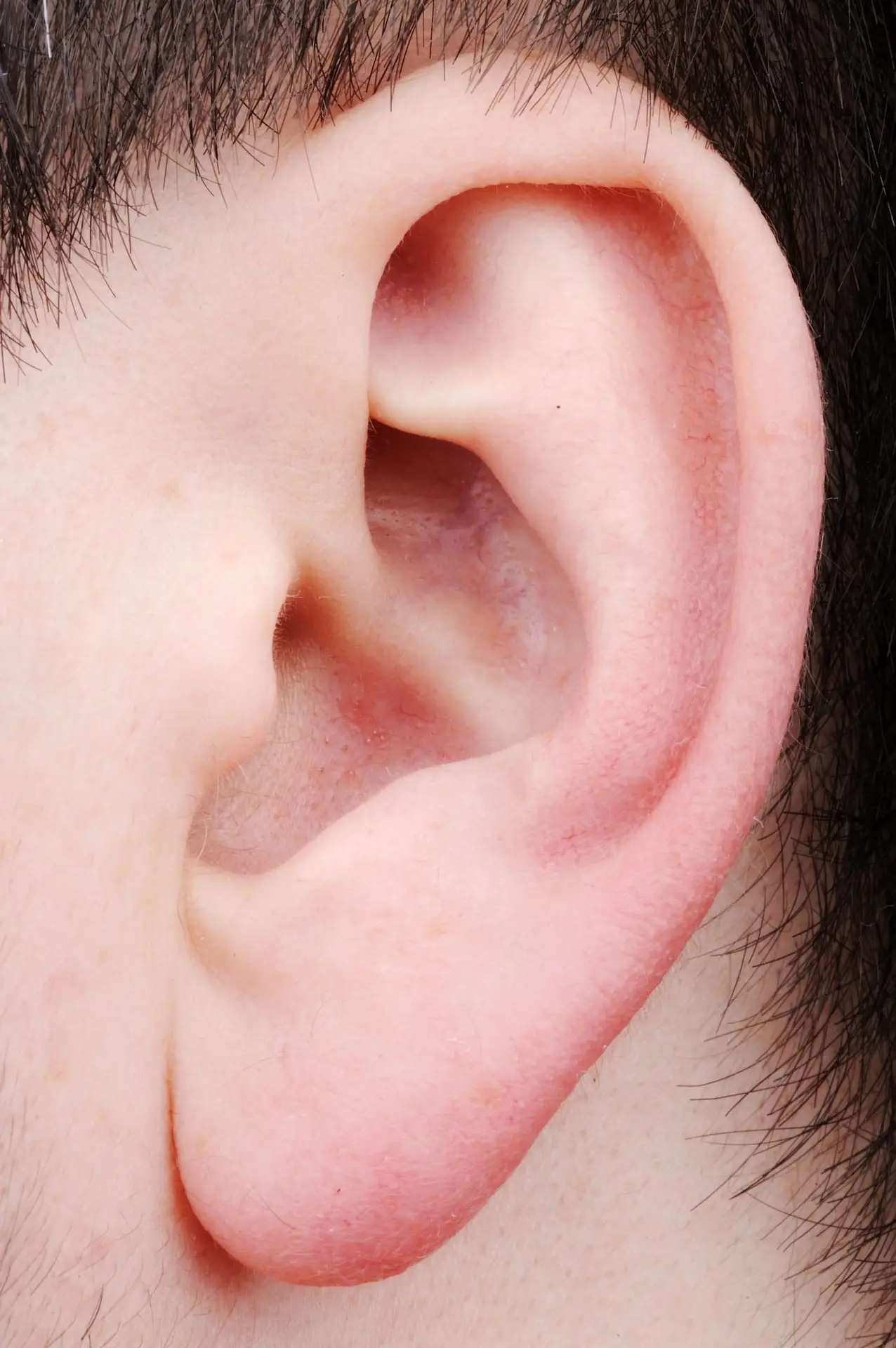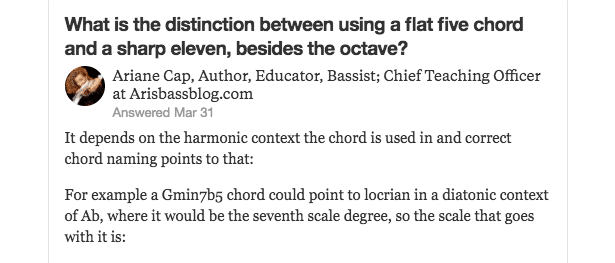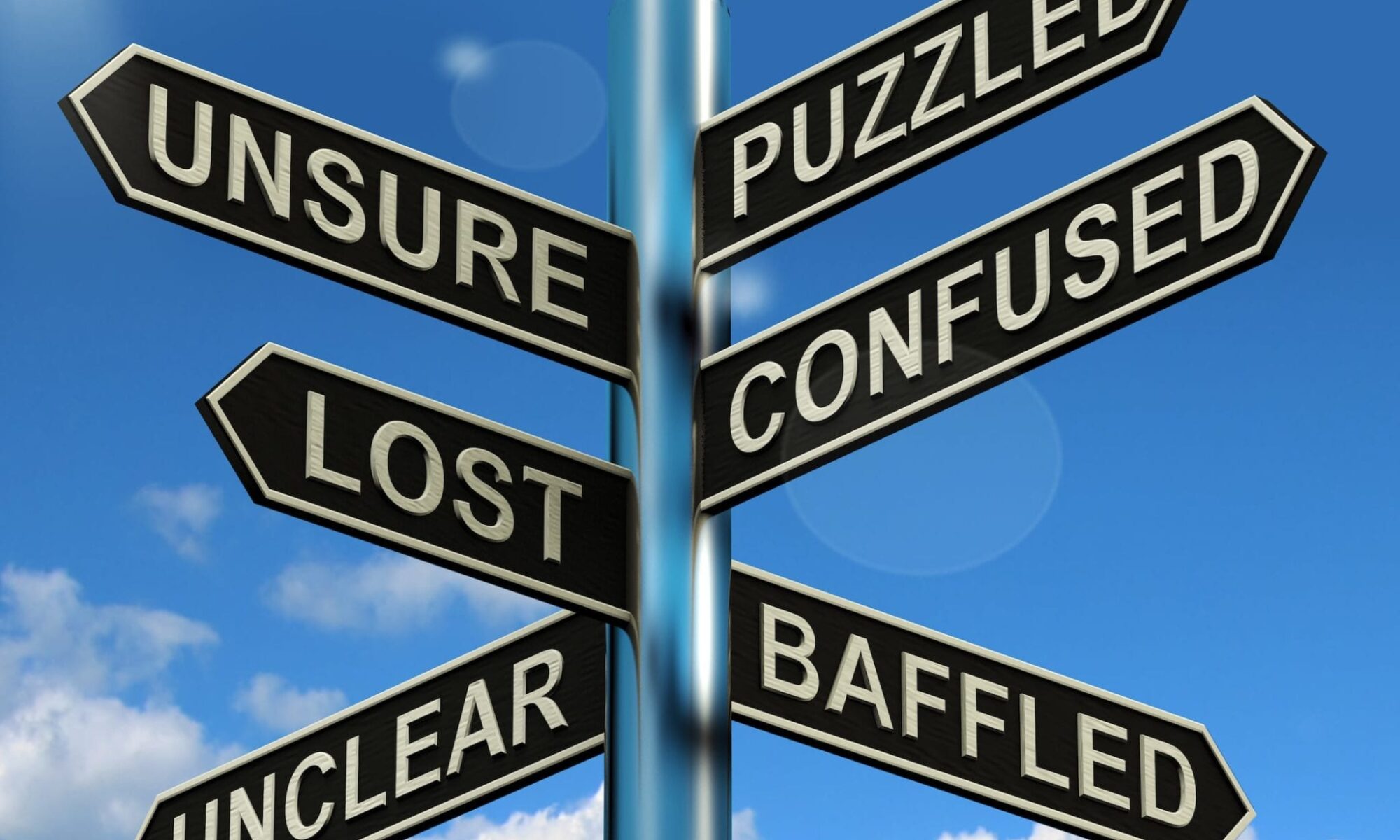I just saw another heartbreaking question from someone who is troubled by their ears:
I have trouble taking a bass line off the recording. Am I tone deaf or just dumb? What to do?
Some people are less than helpful and say well meaning things like: “Just listen to it and you will get it”.
It leaves the questioner even more isolated and confused, because, well, they have tried that without success!
Worry naught, there is nothing wrong with you! Ear training needs to be trained just like anything else. Those people who can just hear it without seemingly ever having had to practice? Don’t believe it for one second. They probably have been practicing for years, most likely unconsciously. Maybe they were exposed to music early or had mentors and playmates and learned it playfully without noticing that they were in fact practicing. But practice they did. So, there is not a thing wrong with you!
Here is an answer I recently gave on quora to a similar question. Do yourself a favor and spend those five, ten minutes a day with the resource I mention (Functional Ear trainer by miles.be) – in two months tops you are not looking back.
That is step one and will give you a lot of confidence and a way to start out with!
There is much more to say about hearing and I will do more posts on it very soon. Hearing the bass in the mix or not being distracted is another thing to practice. It can give some folks trouble and I am hunting for and testing some good solutions there. Please stay tuned. But in the meantime: train em ears 🙂
Also – talking about ears – please make sure to read this! It is vitally important, especially if you play in bands!
Note: When I recommend the miles.be app (in the above Quora response), I am referring to the original desktop app (currently not running on Apple M1 computers until Adobe Air is updated). I do not endorse the app available from the app store for desktop, tablets or phones.






